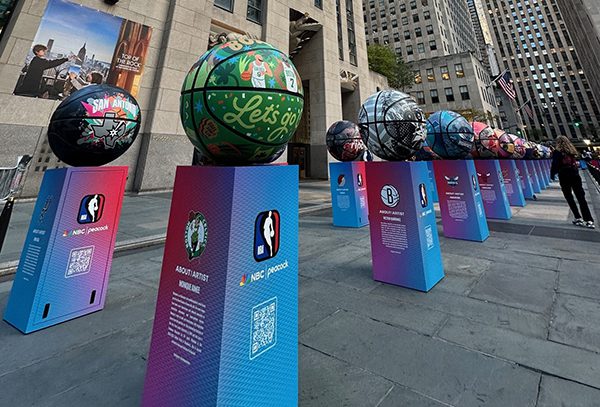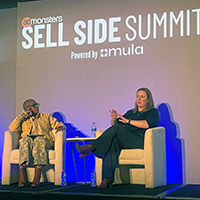TODAY’S CONSUMERS ARE bombarded with mail from service providers that claim to have a special relationship with them. They get thank-you notes from the dentist and birthday cards for their pets. Can you blame them for saying “Enough already”?
The frequency marketing trend began with airline frequent flyer programs. For the first time, customers were cultivated with rewards based on their purchasing behavior. The innovation in this model was the use of modern technology to vary the mix of “hard” and “soft” benefits according to the actual value of the customer for the company.
Hard benefits deliver tangible rewards, usually by providing something free. A soft benefits approach aims at the emotional content of loyalty. It helps make customers feel they are special by conveying a unique status through preferential treatment and exclusive offers. The airlines, for example, reward their best customers with hard benefits such as miles toward free travel and soft benefits like frequent flyer upgrades. Those who fly less often earn fewer miles and eventually weed themselves out of the program.
While some marketers attempted to copy that model precisely, many sought less ambitious and less costly variations on the theme. For example, retailers focused on what they believed to be relationship elements-mainly communications and discounts-deliberately avoiding the specter of point systems and reward liabilities.
These programs worked initially, but early sales lifts were often not sustainable and the programs were easily copied by competitors. The Saks First and Sears Best Customer programs were both originally launched as relationship programs without hard benefits or rewards. However, Saks’ program wasn’t successful until points and store gift certificates were added. Sears avoided hard benefits and loosened membership criteria, which flooded the program with new members but eroded its overall effectiveness.
In some industries, particularly those where a customer has a lot of direct contact with the service provider, a concentration of soft benefits can build loyalty. Over the past few years I’ve built a strong relationship with the Oak Brook Hills Hotel & Resort, which has become my personal first choice whenever I visit Chicago. It’s the little things that have won my loyalty, like the doorman and bellman greeting my wife and I by name. Or the catering manager who flawlessly orchestrated my daughter’s wedding and always makes sure we are booked into the same suite at no extra charge.
But it’s easy to develop a strong relationship with a hotel because you put in “face time.” You talk to the staff. You learn things about each other. In a world of voice mail and the Internet, we tend to feel anonymous. So a service provider who knows us personally is a rare treat. Many relationship marketing programs have tried to duplicate that type of personal relationship with artificial means such as remembering your birthday. As programs have proliferated, though, consumers have become shrewd in evaluating these efforts. As a result, in most industries the pure “relationship” approach just doesn’t work.
As consumers, we’re often dissatisfied if a reward is not offered. Say you’re eating in a restaurant and although the food is wonderful, service is slow and your main course is late. If the restaurant manager apologizes profusely it may make you feel a bit better. But if he offers to buy you dessert and coffee as a reward to compensate for bad service, you will be much more likely to come back.
Have we conditioned customers to expect rewards? Yes. Compelling, attainable rewards are needed to win customer interest in a program. But rewards do not buy loyalty. Rather, they quickly create a significant commitment on the part of the customer to your product or service. This gives a marketer time to get acquainted and convince the customer that the company is worth building a relationship with.
True customer loyalty is not something you can buy with points and freebies. What works best is an appropriate blend of compelling hard benefits and defining soft benefits designed to create programs that differentiate among customers. Both types of benefits are most effective when they are directly tied into the product or service. Take the frequent flyer upgrade. Every time a frequent flyer leans back in a more comfortable seat, that compelling soft benefit is working to strengthen the relationship between airline and customer.
Seventeen years after the rollout of frequent flyer programs, frequency marketing is still as much an art as a science. But the science is much better these days, and the art is even more vital. Rewards are more necessary than ever as the baseline attention-getter and credibility-builder.
Remember, the cost of winning a new customer far exceeds the cost of building a loyal relationship with an existing one. And once you’ve got them, combining the right mix of hard and soft benefits in a frequency marketing program can ensure your best customers will stay with you for a long time.



